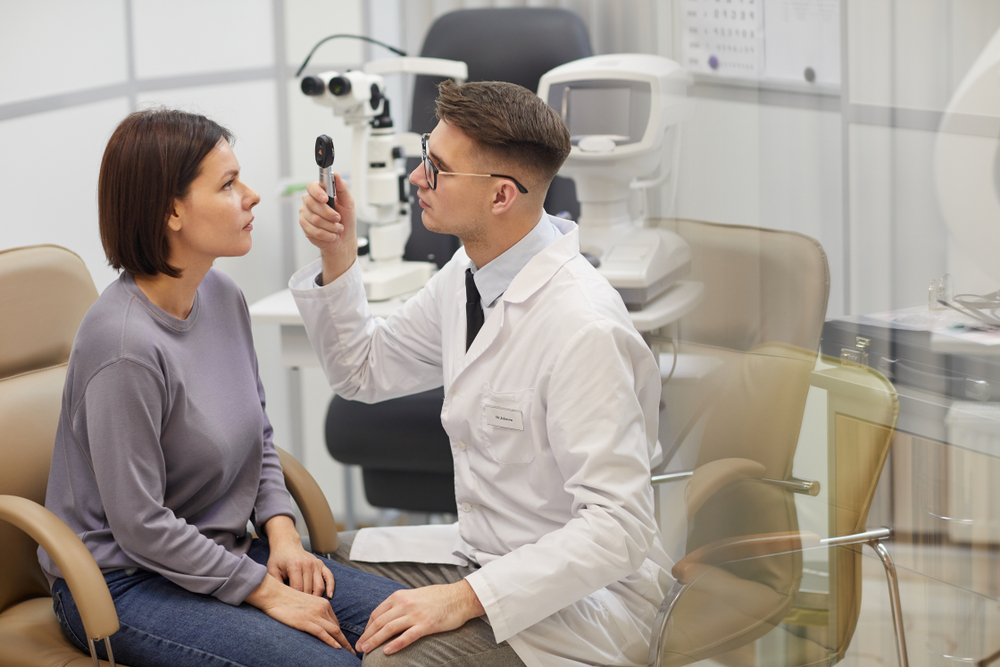
Major health organizations recommend taking annual comprehensive eye exams. Fortunately, people have started taking the advice seriously, and the percentage of those who go for eye exams rises annually.
Unfortunately, other individuals do not believe in going for eye exams if they have no vision changes or eye problems. Eye exams are vital as they can be effective in detecting many diseases. Eye doctors not only catch eye conditions but many types of health problems that go undetected. Below are some of the diseases an eye exam can detect.
Diabetes
Your eye doctor can detect signs of diabetes when they detect abnormal fluid accumulation or leakage in the retina. The symptoms can occur if your blood sugar level is very high and your diabetes is uncontrolled.
The capillaries in your retina may show some bleeding apart from the yellow leaking discharge. All these are signs of diabetic retinopathy, which leads to blindness if left untreated. However, early treatment reduces this risk. Fortunately, your eye doctor can help you with various ways to preserve your vision and manage your diabetes.
High Cholesterol
An eye exam can detect your cholesterol level by examining your cornea. If your eye doctor sees plaques in your blood vessels or a yellowish tint on your cornea, your cholesterol levels are high and need management.
High Blood Pressure
High blood pressure can show signs through the eyes. An eye exam can detect tears or kinks in the blood vessels in your eyes as a sign of high blood pressure. Narrowed or weakened arteries are also another sign.
Anemia
A deficiency of some essential nutrients can lower the hemoglobin level in your blood and cause anemia. A lack of nutrients such as proteins, iron, vitamin B12, or zinc can cause anemia. Your eye doctor can make a diagnosis by examining your eye vascularization to see if it is white or red.
Cancer
Your eye doctor can detect cancerous conditions like leukemia when they see bleeding in your eyes. Such diseases can cause some alterations in the back of your eyes. It is possible to identify primary tumors when your specialist finds a characteristic stain.
Eye examinations are not necessarily preventative procedures. However, they aid in diagnosing eye diseases early. As a result, you can take the necessary measures to begin your treatments early.
Hepatology Diseases
Your eye doctor can detect alterations in your liver when they see symptoms such as yellow eyes. As a result, they can refer you to a specialist to help you get an extensive diagnosis and start early treatment.
Lupus
Your eye doctor can detect this inflammatory condition that coincides with the eyes getting dry. Lupus causes swelling in the middle layer of the eyes, the white part of the eyes, and the light-sensitive tissues at the back of the eyes.
Rheumatoid Arthritis
Eye exams can detect rheumatoid arthritis signs, such as eye redness with severe pain and inflammation in the joints. Your doctor can also spot inflammation in the white parts of the eyes. They will refer you to a specialist for an official diagnosis and treatment.
For more about diseases detected in eye exams, visit Raleigh Eye Center at our offices in Raleigh, Durham, Reidsville, Henderson, North Carolina, or South Hill, Virginia. You can also call (919) 876-2427 or (252) 492-8021 to book an appointment today.













